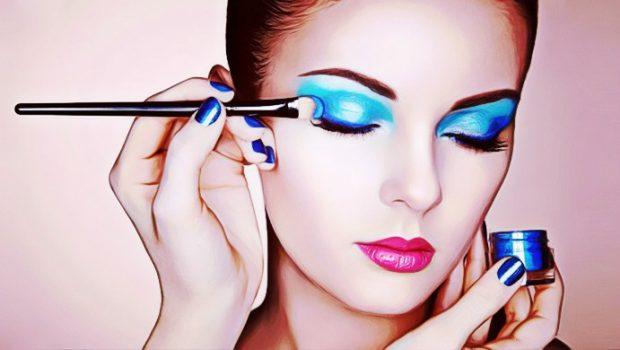
21 toxic chemicals in cosmetics and skin care products to avoid
There is a variety of cosmetics and skin care products in the market. How to choose right ones? You may be a wise user when picking organic products. Actually, you should also identify whether they are really safe ones or not. This article will help you have an overview & get list of toxic chemicals in cosmetics and skin care products to avoid, plus some guidelines in choosing safe and natural products.
Toxic Chemicals In Cosmetics And Skin Care Products To Avoid
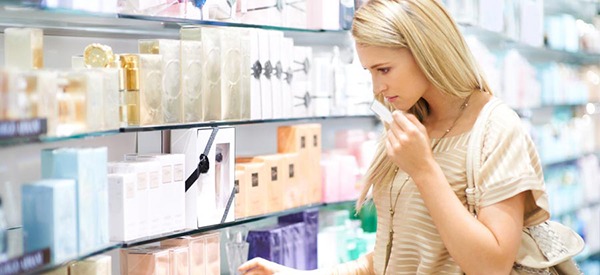
Cosmetics are personal care products we put on the body for the sake of beauty, anti-aging, health and self-confidence such as makeup, deodorant, nail polish, shampoo, hair conditioner, hair gel, sunscreen, toothpaste, aftershave and the list still goes on and on.
Serious problems come when these products contain toxic chemicals that are linked to allergies, headache, birth defects and cancer.
I. List Of Top 21 Toxic Chemicals In Cosmetics And Skin Care Products To Avoid
Here is a full list of the most common and dangerous toxic chemicals you should check out:
1. BHA
BHA is used mainly in makeup and moisturizers as preservatives. This chemical is suspected to cause endocrine disruptors and can cause cancers. BHA is not only harmful to human but also be the same with fish and other wild animals.
Read: Ways To Prevent Cancer
2. Coal Tar Dyes
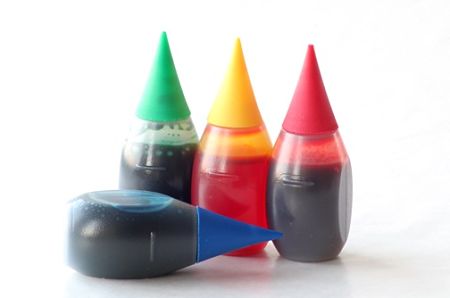 Colors and p-phenylenediamine are often listed as “CI” (Color Index) and it is followed by a 5-digit number. Beside coal tar dyes, inorganic and natural pigments used in beauty products are also assigned CI numbers in the 75000 & 77000 series.
Colors and p-phenylenediamine are often listed as “CI” (Color Index) and it is followed by a 5-digit number. Beside coal tar dyes, inorganic and natural pigments used in beauty products are also assigned CI numbers in the 75000 & 77000 series.
When choosing hair dyes, look for p-phenylenediamine types and other products which colors are listed as CI with 5 digits.
3. DEA
This is a 2-dimensional structure of diethanolamine (DEA). It is a contaminant that is associated with lauramide DEA and cocamide DEA. These ingredients are used as foaming agents and emulsifiers in a variety of products such as shaving creams, shampoos, moisturizers and baby washes.
DEA may be absorbed through the skin and act like a carcinogen and be converted into nitrosamine. DEA is also considered a hormone disruptor that robs choline for our fetal brain development.
DEA is harmful to fish and many other animals.
4. Dibutyl Phthalate
This chemical is used as a plasticizer in nail care products. It is suspected to cause reproductive toxicant and endocrine disrupter. Dibutyl phthalate is also harmful to under water wildlife and other animals.
5. Formaldehyde-Releasing Preservatives
When shopping, look for some ingredients such as diazolidinyl urea, DMDM hydantoin, imidazolidinyl urea, quarternium-15 and methenamine in a variety of cosmetics and beauty products. If possible, release small amounts of formaldehyde that causes cancer.
6. Parabens
Parebens chemical is often used in cosmetics as preservatives. It is suspected to cause endocrine disrupters and linked to male reproductive dysfunctions.
7. Parfum
Pay attention to parfum ingredient in any mixture of fragrance even in products that are marketed as unscented. Parfum can cause asthma and allergies in some people. It is also linked to neurotoxicity and cancers, harmful to under water lives and other animals.
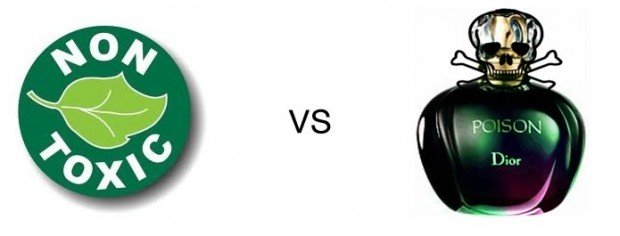
8. PEG Compounds
They are commonly used in cosmetic cream bases. They are related to propylene glycol and may be contaminated with dioxane (1,4) and cause cancer.
9. Petrolatum
This ingredient is often used in hair products for shine and used as a moisturizer in lipsticks, lip balms and various moisture products. Petroleum can cause cancer as it is contaminated with some polycyclic aromatic hydrocarbons.
10. Siloxanes
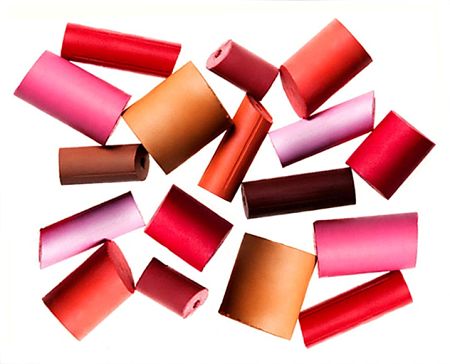
Pay attention to siloxanes in ingredients that are ending in “methicone” and “siloxane”. Siloxanes is often used in numerous cosmetics to moisten, soften and smoothen. Like dibutyl phthalate, this chemical is suspected to cause reproductive toxicant and endocrine disrupter.
11. Sodium Laureth Sulfate
This chemical is used in many foaming cosmetics such as facial cleansers, shampoos and bubble bath. It can be contaminated with dioxane (1,4) and cause cancer. Be careful to read labels and avoid using this ingredient and other ones with the letters eth.
12. Triclosan
Triclosan is used in different anti-bacterial cosmetics like cleansers, soaps, bosh washes, deodorants, toothpastes and antiperspirants. This chemical is suspected to cause endocrine disrupter. Some anti-bacterial agents in triclosan can be absorbed through skin and secreted in breast milk. These ingredients can be carcinogenic and toxic. A study has indicated that triclosan can interfere with testosterone functioning in body cells. Triclosan can kill good bacteria and pathogens, hence actually increase susceptibility to the infection. Cosmetics and beauty products with triclosan may increase the development of bacterium resistant strains.
13. Butyl Acetate
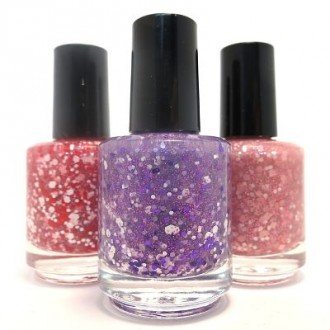
Butyl acetate is used to strengthen and polish nails. Its vapors can cause drowsiness and dizziness. The frequent use of nail care products containing butyl acetate can cause skin crack and dryness.
14. Butylated Hydroxytoluene
Butylated hydroxytoluene is included in many personal care products and cosmetics. It is actually an antioxidant which helps in slowing the rate of color changes over time. However, this ingredient may cause eye and skin irritation.
Read more: Anti-Aging Skin Care
15. 1,4-Dioxane
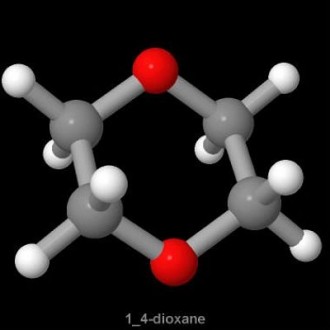
1,4-dioxane is a contaminant associated with sulfate, sodium laureth, PEG, and ethoxylated ingredients with letter ending in eth. Those ingredients are included in many personal care products such as body washes and shampoos.
1,4 dioxane is really dangerous. This chemical is known to cause cancer both in human and animals.
Want More Content Like This In Your Inbox?
- Review of Georgette’s sure victory boot camp business in a box
- How To Tighten Skin After Weight Loss Naturally Without Surgery
- How To Grow Eyelashes Fast And Naturally – 13 Tips
- The Healthy Way Diet Program Review – Will Gabriella’s Book Work?
- Why is junk food bad for you? – 11 reasons
- Get Rid Of Hives Book Review – Can Paulette Joynt’s Guide Work?
- Health Benefits Of Jogging Daily – 10 Heath Advantages
- The Carb Nite Solution Review – Will John Kiefer’s Book Work?

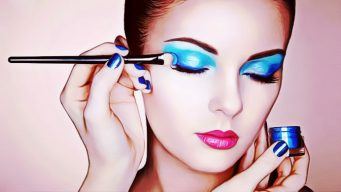
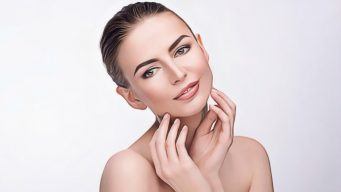
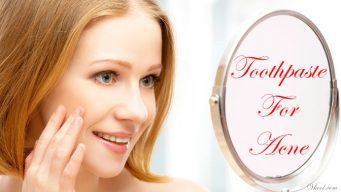
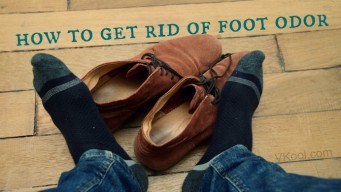
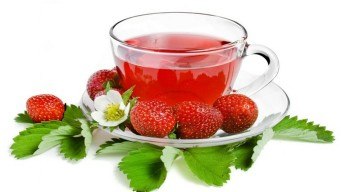

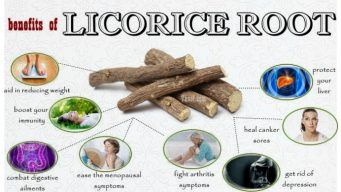
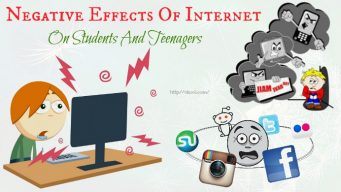

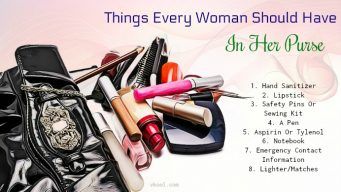

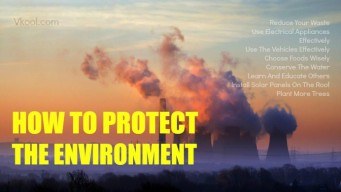
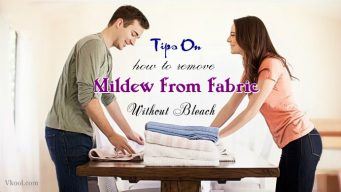

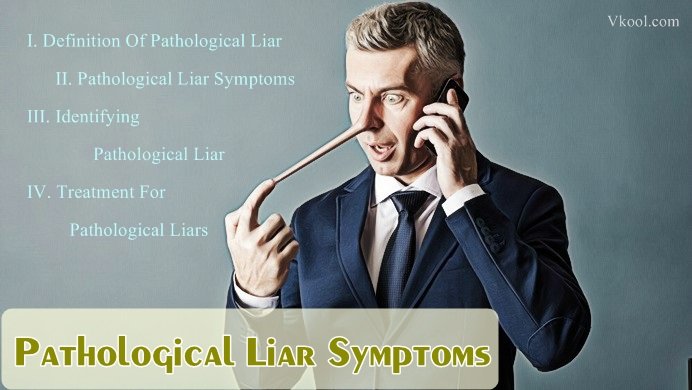

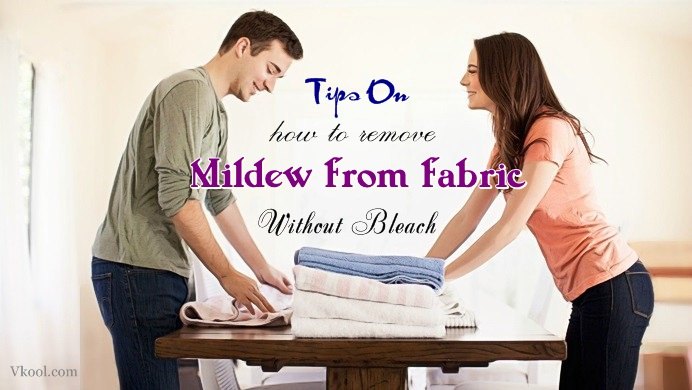

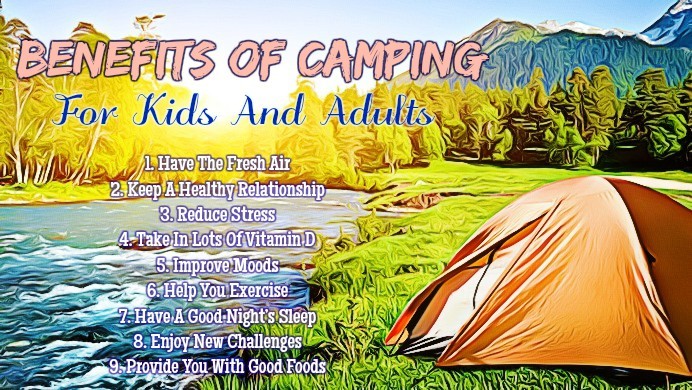
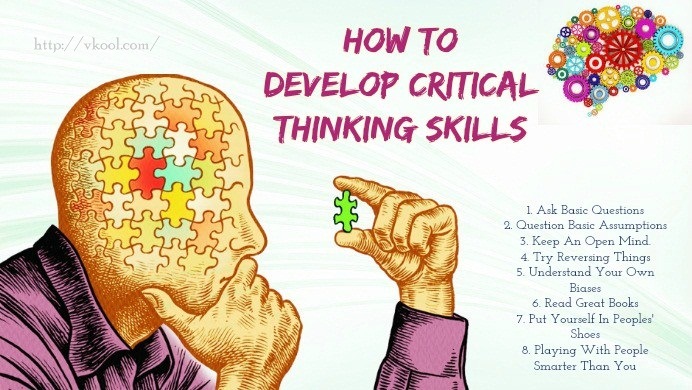
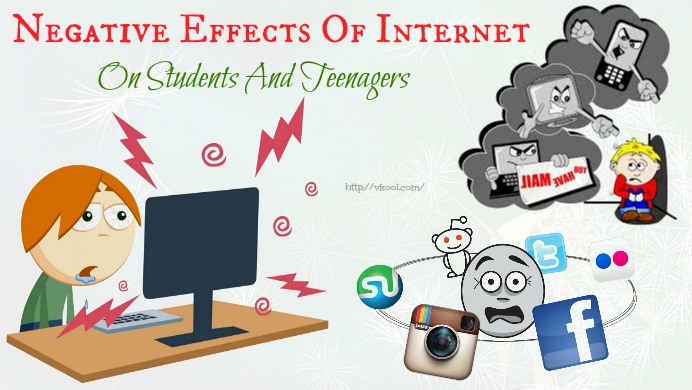
 Sell Your Digital Photos PDF Book Review – Will This Guide Work?
Sell Your Digital Photos PDF Book Review – Will This Guide Work?  Pitch Perfector Review – Can Stephen’s Course Work?
Pitch Perfector Review – Can Stephen’s Course Work?  19 Self Esteem Building Exercises For Youth And Adults
19 Self Esteem Building Exercises For Youth And Adults  Realistic Pencil Portrait Mastery Review – Is It Trustable?
Realistic Pencil Portrait Mastery Review – Is It Trustable?  How to be more active in life – 10 tipsl
How to be more active in life – 10 tipsl 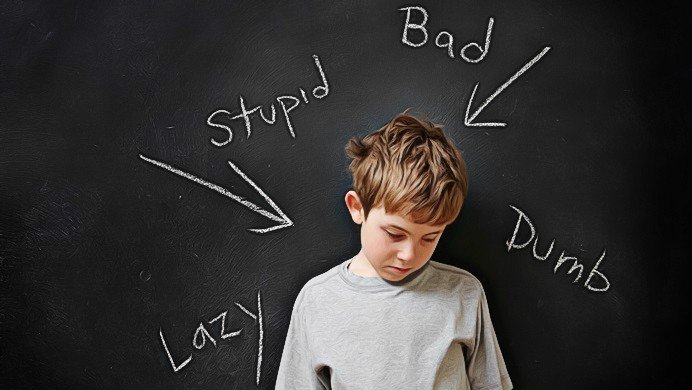 Self-Esteem Elevation For Children Program Review – Is It Reliable?
Self-Esteem Elevation For Children Program Review – Is It Reliable?  Learn Photoshop Now PDF Download Review – Does This Guide Work?
Learn Photoshop Now PDF Download Review – Does This Guide Work?  Regcure program download review – does it really work?
Regcure program download review – does it really work? 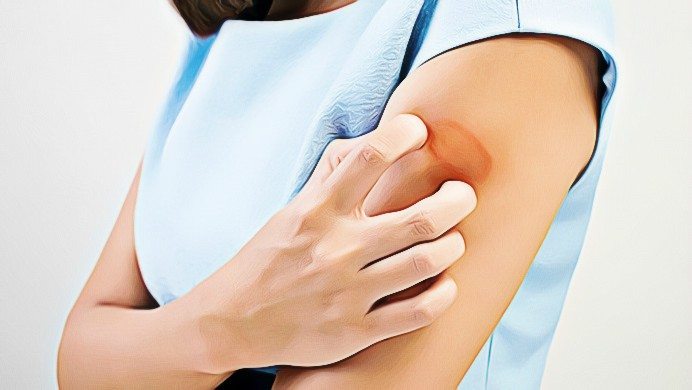 Fast Ringworm Cure Ebook Review – Is William’s Guide Useful
Fast Ringworm Cure Ebook Review – Is William’s Guide Useful  Ecard Wizard Review – Does This Guide Work For You?
Ecard Wizard Review – Does This Guide Work For You?